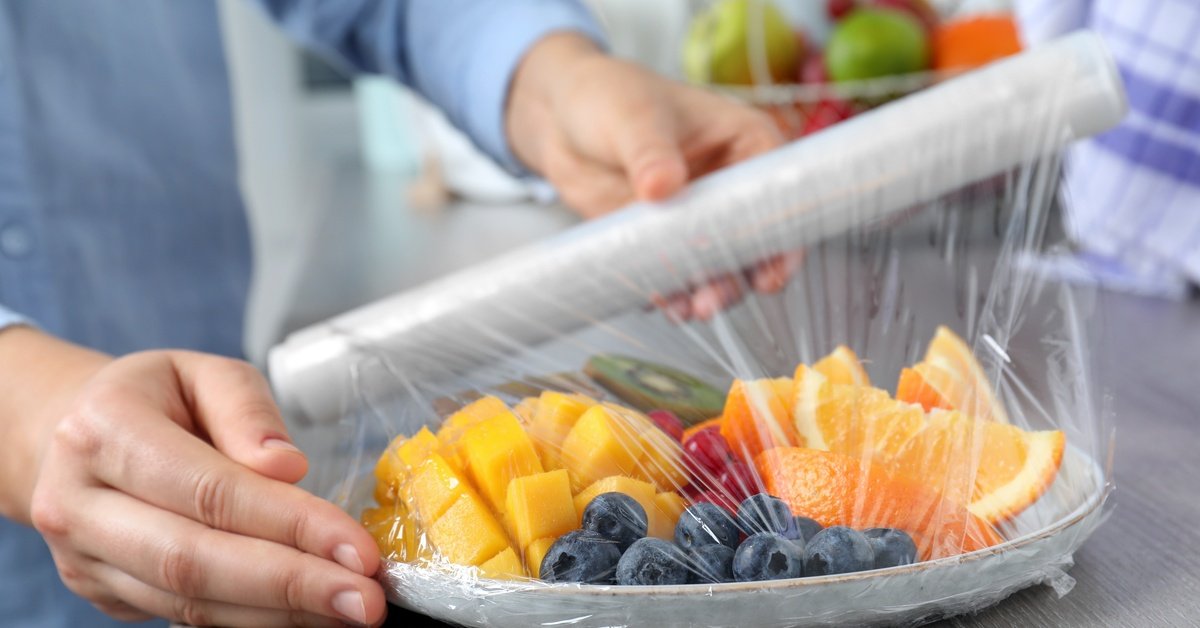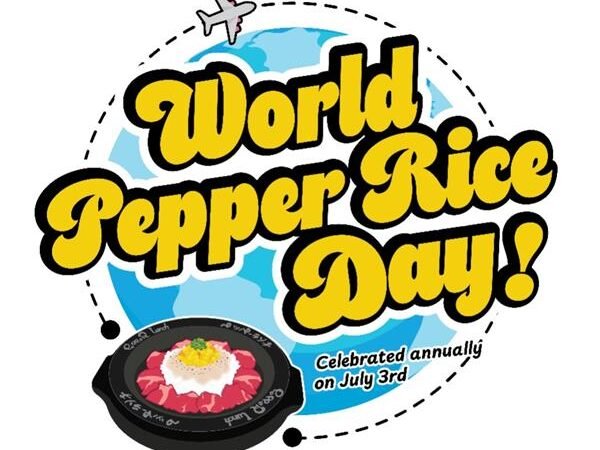A Quick, Helpful Guide to Food-Safe Plastics

Plastic is everywhere—from your water bottle to your meal prep containers—but not all of it is as safe as many consumers believe. Even certain plastics used for food production and storage can be risky when it comes to your health. However, some plastics are perfectly okay for food contact. This quick guide will help you figure out which plastics are food-safe, what to look for, and how to avoid using the wrong ones.
What Makes a Plastic Food-Safe?
Food-safe plastics are materials that don’t leach harmful chemicals or toxins into the food or beverages they touch. They’re rigorously tested to ensure they meet FDA standards for safety.
Most plastics have a number stamped on them, typically at the bottom. This number (known as the resin identification code) tells you the type of plastic it is.
Plastics Safe for Single-Use Food Contact
Some plastics can touch food without leeching chemicals, but they should only be used once.
Polyethylene Terephthalate (PET or PETE, #1)
PET is lightweight, safe, and commonly used for disposable water bottles and to-go drinks. For instance, PET cups are safe to use thanks to their chemical stability. PET is ideal for single-use purposes but not recommended for reuse, as repeated washing can weaken the plastic.
Plastics Safe for Repeated Food Contact
Other plastics are fine to wash and use repeatedly for food storage.
High-Density Polyethylene (HDPE, #2)
This durable, nontoxic plastic is commonly used for milk jugs, juice bottles, and some reusable food containers. HDPE is sturdy and can handle repeated use without degrading.
Low-Density Polyethylene (LDPE, #4)
LDPE is flexible and lightweight, often found in squeezable bottles, bread bags, and some food wraps. It’s safe for repeated use in many food-related applications.
Polypropylene (PP, #5)
Polypropylene is heat-resistant, making it perfect for long-term use in food storage, microwave-safe containers, and yogurt cups.
Plastics To Avoid
You should steer clear of some plastics entirely.
Polyvinyl Chloride (PVC, #3)
Found in cling wraps and food packaging, PVC can leach toxic chemicals.
Polystyrene (PS, #6)
Common in disposable plates and takeout containers, PS can release harmful substances when heated.
“Others” (Miscellaneous, #7)
This catch-all category includes plastics that may contain BPA, a chemical linked to health concerns.
Quick Tip
When in doubt, avoid plastic containers for reheating food. Consider glass or silicone alternatives.
Wrapping It Up
Plastics are super convenient, but knowing which ones to use (and avoid) for food storage is key to keeping your meals safe and healthy. We hope this quick, helpful guide will help you identify food-safe plastics.
- Features That Do and Don’t Matter in Today’s Car Market - August 25, 2025
- 4 Effective Strategies To Prevent Facility Emergency Repairs - August 24, 2025
- How To Care for the Fish in Your Koi Pond - August 22, 2025



